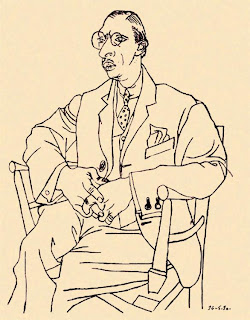Homework: postponed until Tuesday night
Class activities: Groups were given cards at random with different Egyptian activities (building a pyramid, preparing a mummy, rowing a boat down the Nile) written on them and were asked to pantomime the activities.
Tips for pantomime:
1. Take your time!
2. Add details from your imagination that help communicate the activity.
3. Remember the steps of working with imaginary objects: LOOK, FIND, CONTACT, MANIPULATE, and RELEASE. The goal is to make your audience believe the object is real.
Each group performed their pantomime while the rest of the class watched. After each performance, the audience was asked to guess the activity and point out a few things:
- what specific actions did the group perform that told you what they were doing?
- what worked the best?
- what could they have added or done differently to make it more clear?
Additional pantomime exercises:
1. In circle, throw an imaginary ball that each person changes in some way, by modifying size or weight. We got so many great creative responses to this, from transforming it into a golf ball and taking a swing to rolling a big heavy bowling ball across the floor.
2. "This is a..." dialogue pantomime. First person begins with a pantomime object, turns to their neighbor, and starts the dialogue:
1: This is a book.
2: A what?
1: A book.
2: A what?
1: A book.
2: Oh, a book. Takes the object, transforms it, and begins dialogue with next person.
Tomorrow's objectives: tongue twisters for enunciation, tableaus, parts of a story, parts of a myth






